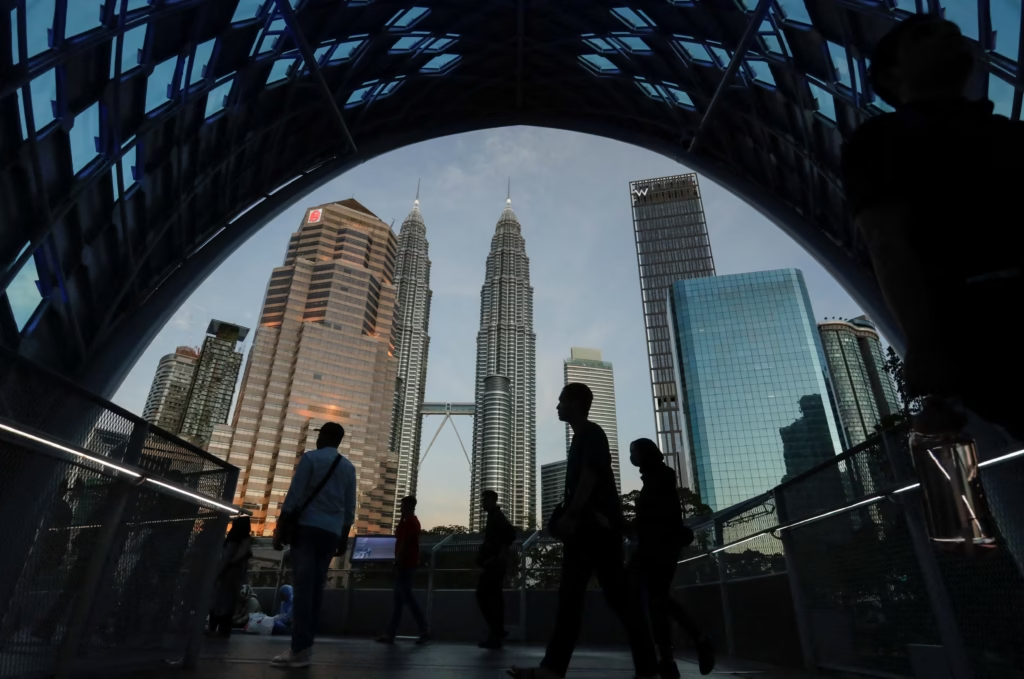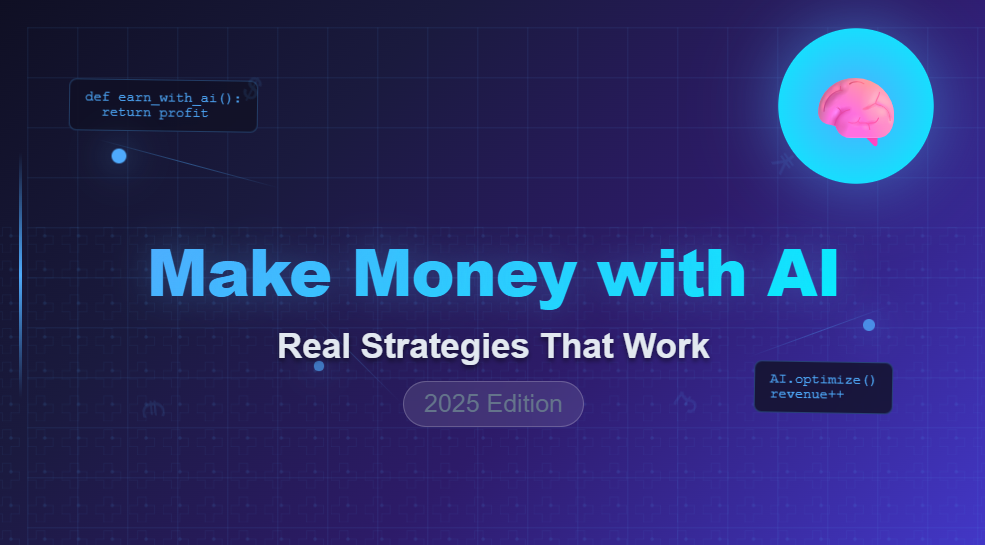India just hit $4 trillion GDP, officially nudging past Japan to become the world’s fourth-largest economy. Cue the fireworks – NITI Aayog CEO B.V.R. Subrahmanyam couldn’t hide his excitement: “We are the fourth largest economy as I speak. We are a $4 trillion economy as I speak,” he announced. Indeed, two decades of roughly 6–7% annual growth have propelled us here. Domestic consumption and strategic reforms turbocharged India’s GDP growth, lifting the metric high on global leaderboards.
But before we break out the cake, it’s worth asking: What does this milestone actually mean? The short answer: it’s a cause for celebration — but with a pinch of perspective. Remember, GDP is a gross measure of all goods and services produced. It’s like the weight of a cake, not how evenly it’s sliced. As one commentator wryly notes, rich-country growth can often “skew per capita averages” and make economies seem healthier than they are. In India’s case, lofty GDP numbers mask deep divides. The top 1% of Indians hold 40% of the nation’s wealth, while the bottom 50% have just 3%. In other words, India is richer on paper, but not everyone feels the prosperity.
Beyond the Hype: Counting More Than Calories
Think of GDP as a calorie count for a country’s economy. Hitting $4 trillion means we’ve gorged on a lot of economic activity, but it doesn’t guarantee better nutrition for all citizens. As The Wire warns, “countries are growing richer, but their people are not”. In practical terms, India’s per capita income is still low – around $2,900 a year – because we have so many people. Japan, by contrast, has ~ $33,900 per person. This gap highlights that our big economy is largely fueled by volume (1.4 billion people!), not by high productivity per person.
This brings us to a big-picture concern: the middle-income trap. The World Bank and IMF caution that just “driving” on low-cost labor and investment alone won’t carry a country to high-income status. In fact, over 100 countries – including China, Brazil and India – are warned to be stuck in this trap, where growth decelerates as wage competition and innovation challenges bite. World Bank Chief Economist Indermit Gill put it bluntly: focusing only on attracting investment is “the equivalent of driving a car entirely in first gear: it will take forever to get to the destination”. In short, we need to shift into higher gears – invest in innovation, education, technology and infrastructure – or risk plateauing.
The Middle-Income Trap: Malaysia’s Slow Lane
For a cautionary tale, look at Malaysia. Decades ago it looked like a rising star, but recently its economy has slowed dramatically. Fitch Solutions notes Malaysia’s GDP growth is likely to average only ~3.4% per year in the coming decade – barely half its pace of the last 10 years. The reason? Malaysia has “exhausted its avenues of growth provided by lower-level industrialization”.

In practical terms, Malaysia fell into the trap by not upgrading its economy. Policies favoring entrenched groups (like subsidies for one ethnic majority) have led to a “brain drain,” as talented non-Malays seek opportunities abroad. Fitch warns that talent is exactly what countries need to “move up the value chain and escape the middle-income trap”. If fresh ideas and skills leak away, growth grinds to a halt. Malaysia’s slowdown illustrates that getting stuck at middle income often comes from neglecting innovation and equity.
India must heed this: we cannot allow critical reforms or our best brains to slip away. Building advanced infrastructure, clear rules for businesses, and a vibrant startup culture are part of the antidote. As one study puts it, overcoming the trap requires improving “advanced infrastructure, property rights… and technological learning”. Otherwise, we might find ourselves edging towards Malaysia’s economic slowdown, albeit on a larger stage.
South Korea’s Economic Success: Lessons from the Miracle
Contrast that with South Korea, often hailed as an economic miracle. In the early 1960s, India and Korea had almost identical per-capita incomes (about $85 per person). Fast forward 60 years, and the gap is astronomical: India’s per capita is ~$2,100 while South Korea’s has zoomed to ~$31,700. How did this happened?
Korea took a radically different path. Starting in the 1960s, it embraced export-led growth and massive human capital investment. Nobel-winning economist Arvind Panagariya notes that Korea (along with Taiwan and Singapore) switched to outward-oriented policies, fueling “wholesale economic transformation.” South Korea grew at nearly 9% per year between 1960–2000. Its secret sauce was labor-intensive exports – textiles, footwear, electronics – which created millions of jobs and shifted people out of farming.

Education and innovation were at the core of Korea’s strategy. As Sungchul Chung documents in the Issue in Science & Technology, Korea “succeeded largely because it invested heavily in human resource development and… forced companies to compete in global markets.”. In practical terms, this meant pouring resources into schools, engineering, and research labs. By building an army of highly skilled engineers and workers, Korea created a pipeline of homegrown talent. This gave birth to global giants like Samsung and Hyundai. South Korea’s emphasis on R&D is legendary: continuous investment made it a leader in semiconductors and consumer electronics. As Chung summarizes, Korea’s focus on education and R&D “built a unique innovation system” that underpins its economic ascent.
In contrast, India’s focus on exports and education has been more piecemeal. We still rely heavily on imported technology and lag in R&D spending. Today, for example, India invests only about 0.64% of GDP on R&D – a fraction of South Korea’s (around 4.6%) or Israel’s (5.7%). Korea’s lesson for India is clear: don’t just sell more services or natural resources; build and buy your own high-tech industries. That means not only training engineers but funding the labs and startups that keep them creating.
Bridging the Innovation Gap: Investing in Education & R&D
India’s innovation gap is well documented. Yes, our number of tech graduates and startups is rising, but our system still struggles to turn research into products. The Economic Survey 2023–24 highlights that while patent filings surged, India’s R&D funding is a drop in the ocean: only 0.64% of GDP versus China’s 2.41% and the US’s 3.47%. Moreover, much of that is government-funded – the private sector contributes only 36% of R&D, versus 77–75% in China/US. In practical terms, this means breakthrough ideas often languish in the lab or are abandoned, rather than turned into jobs and products.
We have to fix the pipeline from school to lab to market. That means better science education and labs in universities, easier collaboration between colleges and industry, and incentives for companies to invest in research. South Korea’s decades of pouring cash into R&D institutes (often in partnership with private firms) shows the payoff is huge: think microchips, biotech, new materials. As one analyst notes, “continuous and massive investments in human resource development and R&D” were key to Korea’s unique innovation system. We need the same hunger.
India is trying – with new policies like Startup India and revised education curricula – but progress needs to accelerate. Every extra percentage point of GDP we spend on R&D could turn our economy from first gear to third. It’s how we’ll double the size of our $4T engine without stalling.
Growth and the Great Divide: Income Inequality
Behind India’s shining aggregate GDP number lies a stark divide. Wealth and income are heavily concentrated. The World Inequality Report reveals a sobering fact: the top 1% of Indians own 40% of the country’s wealth, while the bottom 50% owns just 3%. Imagine 40 out of every 100 rupees in your life going to the 1% of people in the country!
This means GDP growth often bypasses the majority. Consider this: India’s agriculture sector employs nearly half the population, but contributes only ~18% of GDP. Meanwhile, capital-intensive IT, finance and infrastructure sectors drive over half of GDP yet employ a fraction of workers. In simple terms, we make lots of high-value software and buildings (big on GDP charts), but millions still toil in low-paying farm or informal jobs.
The mismatch shows up painfully in daily life. Unemployment, underemployment and stagnant wages plague swaths of India even while stock indices climb. The Wire commentator points out wryly that India is set to be the fourth-largest economy with the largest number of the world’s poor. This split story means high GDP growth alone won’t improve most people’s lives unless shared more evenly.
Putting it bluntly: unless we tackle inequality, many will see little change in their daily struggles. As one piece warns, without bold measures (progressive taxes, better public services, labor reforms), India’s rise might “be little more than a jackpot for its richest elite, and a mirage for everyone else.”. That’s a cautionary note we ignore at our peril. After all, a healthy economy should feel like a rising tide lifting all boats, not just the yachts.
Shifting Gears for the Future
Where does all this leave the “future of the Indian economy”? In a nutshell: at the crossroads. We have momentum on our side – a $4T base, a young workforce, booming tech sector – but plenty of headwinds too: the risk of a middle-income plateau, huge inequality, and a yawning innovation gap.
The road ahead demands action. Here are some key steps (our “high-gear” tune-up):
- Invest in infrastructure: Build high-speed rail, highways, reliable electricity and internet everywhere. World Bank research repeatedly shows that better roads, ports, and power can turbocharge growth. Think of it as giving our economy superhighways instead of bumpy village tracks.
- Fix the education engine: Modernize schools and universities so more Indians graduate with world-class skills. Remember Korea’s story – decades of emphasis on education and skill-building paid off massively. Vocational training and STEM emphasis (science, tech, engineering) should be at the top of the agenda.
- Fuel innovation: Ramp up R&D spending and incentives for startups. If India’s R&D slice of GDP tripled to even 2%, imagine how many new apps, medicines or green tech we could generate. Engage more private capital into research so that bright ideas leap off the lab bench and into factories.
- Encourage enterprise and exports: Cut red tape. As Mint notes, Indian firms face a mountain of compliance (thousands of “tickboxes”), while Korean firms were primed for export competition. Simplifying business rules will help small manufacturers grow and employ more people, and make “Made in India” goods more competitive abroad.
- Share the gains: Use tax and welfare tools so growth benefits more Indians. Better targeting of subsidies, universal health/education, and formalizing the informal workforce are ways to reduce the wealth gap. A more equal society isn’t just fair – it actually speeds growth in the long run (because more people have buying power and skills).
- Stay humble and data-driven: Keep monitoring outcomes. Celebrate growth when it happens, but also honestly ask who it helps. Policymakers should use on-the-ground feedback, not just GDP charts, to guide reforms.
These aren’t just boring bullet points – think of them as fuel additives for India’s engine. The choices we make in the next few years will determine if the $4 trillion becomes a launching pad or a plateau.
Conclusion: Full Throttle Ahead – Carefully
India’s $4 trillion economy is a milestone worth cheering and scrutinizing. We should feel pride in how far we’ve come – few countries grow as quickly with so many people – but not complacency. History is full of fast-growing economies that stalled at middle-income (like Malaysia). What separates the winners from the rest? Broad-based development: going beyond headline GDP growth to build human capital, innovation and fairness.
South Korea teaches us that any country can engineer an economic miracle with the right mix of education, investment, and openness. Malaysia’s story warns that without constant upgrading and inclusion, even a dynamic economy can slow to a crawl. India stands at that crucial fork in the road.
As citizens, entrepreneurs, students or voters, we all play a role. Enjoy the celebrations – being a $4 trillion economy is no small feat – but also roll up our sleeves. Demand the bridges and broadband, the schools and labs, the startups and steel mills that will carry us forward. After all, an economy is just people in aggregate. If we want a future where everyone thrives, let’s make sure India’s economic engine revs up for all. Let’s shift gears, keep our eyes on the road, and enjoy the ride into the next leg of our journey.
Key Takeaways: To escape the middle-income trap, India must keep shifting gears: investing in roads and railways, boosting education and R&D, supporting entrepreneurs, and ensuring the gains of growth reach everyone. With smart policies and shared effort, India’s future can be brighter than its past – and not just on paper, but in every citizen’s life.





